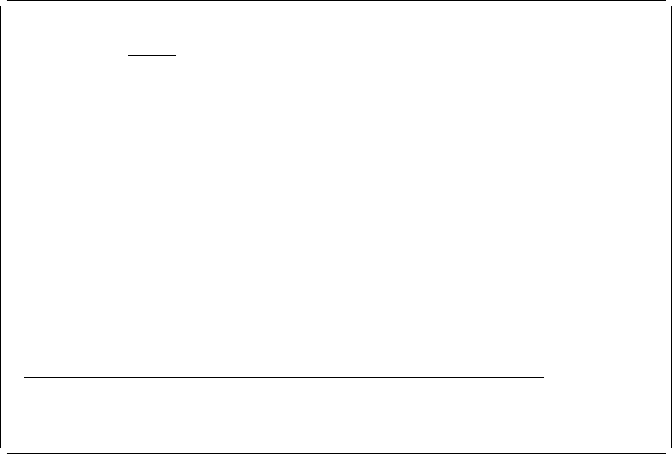
In addition to the parameters shown above, depending on the element
type, you need to enter the mandatory parameters.
Step 6. Define the specifications.
By pressing the F4 key, you can also more precisely specify an element
by adding more parameters.
Step 7. Complete the definition by pressing the Enter key.
Finally, the defined element appears on the image area as shown in the
following display.
Design Overlay Columns: 1- 74
| Control . . Source overlay . . . . . STATIONERY
ᑍ...+....1....+....2....+....3....+....4....+....5....+....6....+....7....
1
2 ᑍT1 s an example.
3
4
5
6
7
8
9
1
11
12
13
14
15
16
17
More...
F3=Exit F6=Text F9=Line F1=Box
F11=Bar code F21=Element edit F22=Block edit F24=More keys
Repeat the above steps to define the rest of the elements.
Step 8. After you define all the elements, press the F3 key to save the overlay,
the record layout, or the page layout.
Text
To create a text element, press the F6 (Text) key and the key entry area appears in
the lower position of the display as follows. This display also appears by pressing
the F14 key to change a text element. When you press Enter, the Overlay Utility
and the Print Format Utility check the validity of the entered parameters. If errors
do not exist, the operation is completed and the key entry area disappears from the
display.
By pressing the F4 (Detail) key, you can define the detailed characteristics of the
text element.
Chapter 13. Design Operation 233
